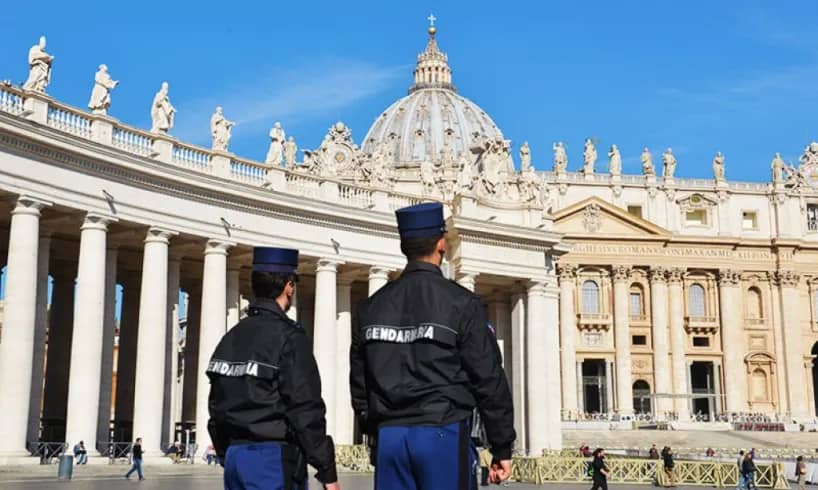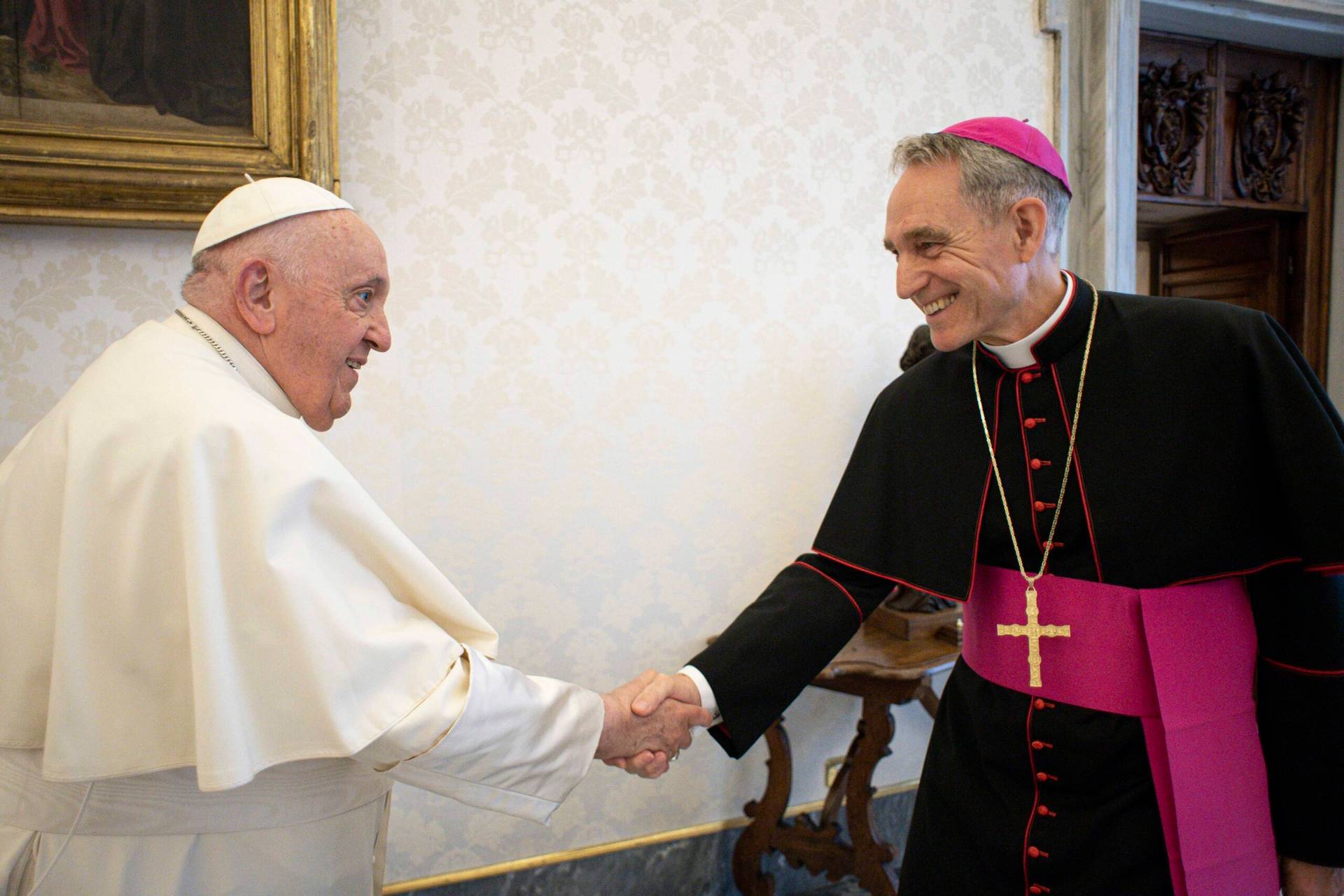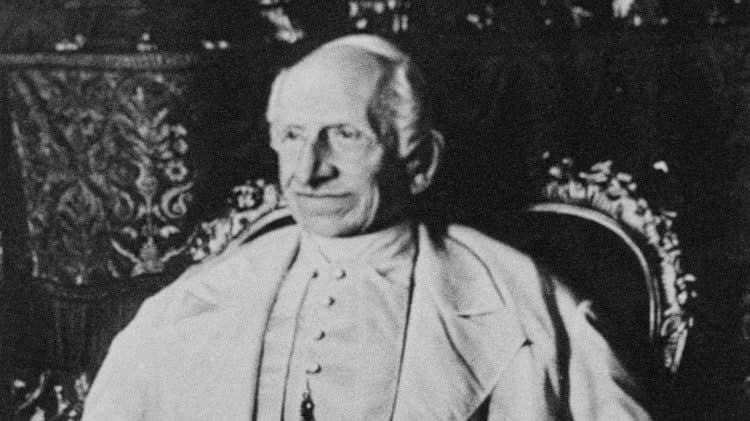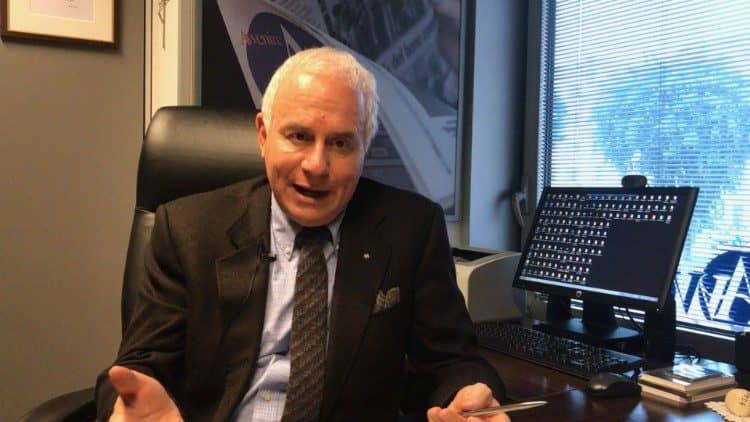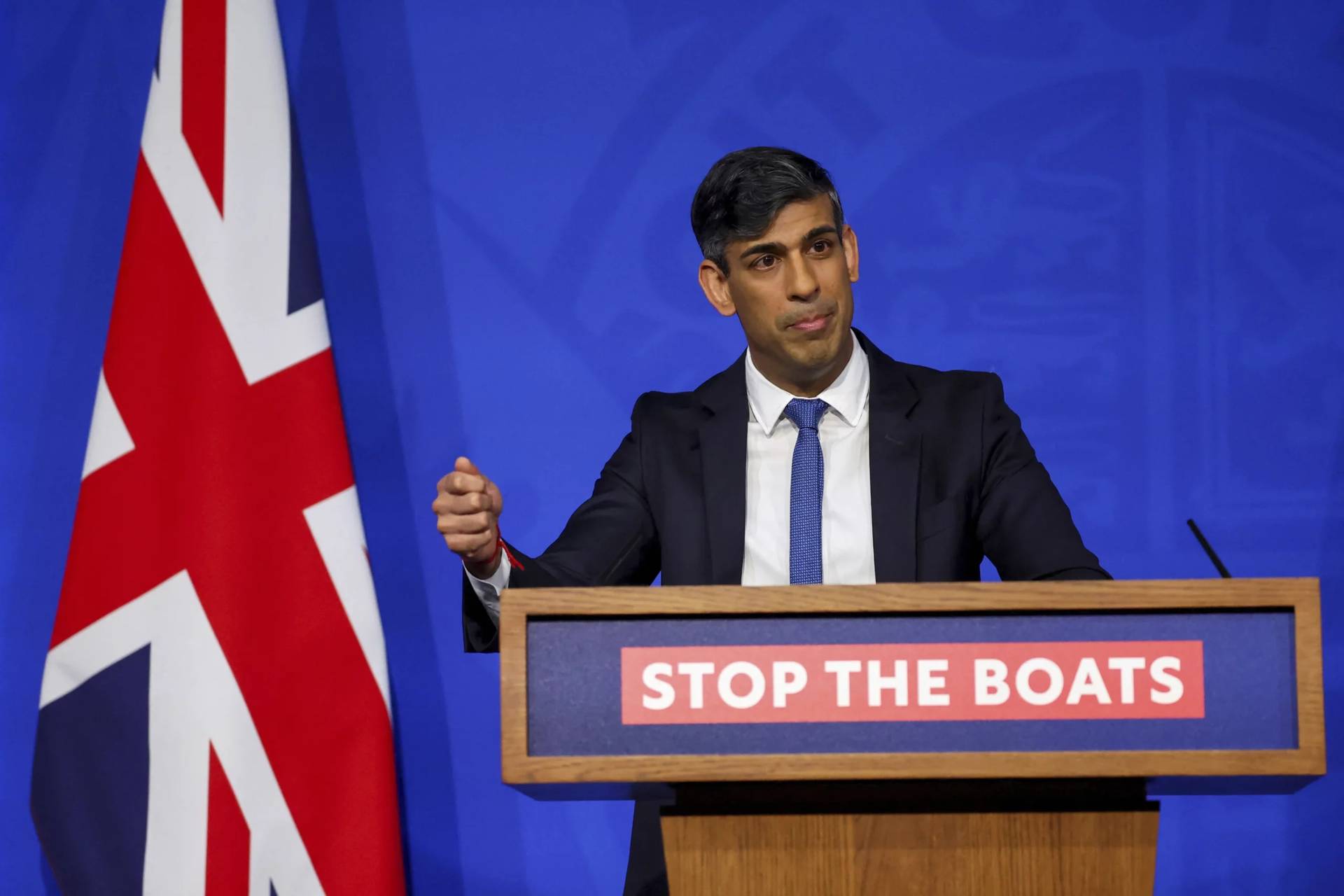Pope Francis just concluded the 22nd international trip of his papacy, to Chile and Peru, and it says something about the media honeymoon he’s enjoyed up to now that it’s really the first such trip about which pundits and commentators could have a meaningful debate over whether it was a success or a failure.
It may also say something about the wisdom of Jesus’ saying, “A prophet is not without honor except in his native place, and among his own kin and in his own house,” that Francis’s first could-be flop came in South America. (I make the distinction here between South America and Latin America because the dynamics are often different in Central America.)
On the pope’s trip, controversy centered around Francis’s response to the clerical sexual abuse scandals in the Catholic Church, and specifically, his handling of the case of a bishop in Chile who’s been accused by victims of that country’s most notorious pedophile priest of knowing about their abuse and covering it up.
In a nutshell, Francis apologized to victims for the enormous wrongs they’ve suffered, and also reiterated his commitment to a “zero tolerance” policy. He met privately with victims, in order to hear their stories and to share their pain.
At the same time, he did not yield an inch on the case of Bishop Juan Barros, one of four Chilean prelates accused of being in on the cover-up. There’s been pressure on Francis to remove Barros ever since he named him to a small southern Chilean diocese in 2015, but the pope made crystal-clear that’s not going to happen.
At one stage, Francis accused those clamoring for Barros’s ouster of being engaged in “calumny,” and made clear he’s convinced Barros is innocent.
(The pontiff later apologized for his choice of words, especially for appearing to suggest that victims should have “proof” before they come forward, acknowledging that could discourage many from doing so. However, he did not back down at all from his vigorous defense of Barros.)
The pope’s line can either be seen as a courageous refusal to placate a lynch mob mentality, or as more proof that the Church is still struggling to match its “zero tolerance” rhetoric with reality, but in any event, there’s no denying this was a rough outing.
All that came against a backdrop of what had already been widespread public anger with the Church in Chile, some of it related to the abuse scandals and some to other causes.
The result was perhaps the most violent reactions to a papal trip in the modern era: In all, 11 churches were attacked around the time of the pope’s presence, one featuring a direct threat to Francis that the next bomb would be “in your cassock,” while anti-papal protests in Santiago, the capital city, had to be broken up by police hurling tear gas.
Although there’s often a presumption that history’s first-ever Latin American pope ought to enjoy a huge homefield advantage on any return trip, if we’ve been paying close attention, we already should have known that’s not really so.
A poll before the trip by the Santiago-based think tank Latinobarometro found that Chile was the country in South America where the pope’s approval ratings are actually lowest, standing at just 53 percent before Francis came, and God knows what now.
(It’s probably only cold comfort for Francis that as middling as his numbers may be, they’re much better than for the Church in general, with only 36 percent of Chileans reporting they trust it.)
Overall, Francis’s average approval rating in South America is 68 percent – still high, of course, but lower than in many other parts of the world.
Before drawing conclusions, a few qualifications are in order.
First, when Francis goes elsewhere, he delivers hard-hitting social and political commentary, but it’s usually phrased in terms of broad principles that don’t come off, in that context, as directly benefiting one faction or another. That’s not always true – his comments on candidate Donald Trump during a trip to Mexico in February 2015 struck some Americans as fairly partisan — but that’s more the exception than the rule.
When he’s talking to South America, on the other hand, he’s often more pointed and concrete, from what critics saw at the time as his “silence” on Argentina’s military junta, to what critics often see as his support today for the Bolivarian movement across the continent. It’s also true that even when Francis is obviously trying not to be partisan, the South American press often takes him that way anyway.
It’s natural, therefore, that Francis becomes enmeshed more consistently in the partisan to-and-fro there, which is naturally going to make him slightly less universally beloved.
Second, I’m nobody’s idea of an expert on South America, but even I know this: Argentina and Argentinians often evoke ambivalence from others in the region, who sometimes, stereotypically, see them as a little closed-off and prone to a superiority complex. That’s probably felt in a special way in Chile, which shares the world’s third-longest land border with its neighbor to the east.
Therefore, the idea that an Argentine pope was ever going to come into Chile without just a little frost in the air was always naïve. In that context, the story probably isn’t the relatively small numbers who spurned Francis, but how many Chileans embraced him.
Third, in many ways the outings to Chile and Peru were a tale of two trips. Yes, there was blowback both on the ground and in the media in Chile, but hardly any in Peru, where the climate was far more joyous and calm.
Fourth, even in Chile, Francis himself is accenting the positive. During his in-flight press conference on the way back to Rome, he said he was pleased with how things went.
“Chile had so many people on the streets,” he said, referring to the crowds that greeted him. “And these were not people being paid or being brought out by buses. The heartfelt presence of the Chilean people was very strong.”
All that said, the undeniable reality is that the rockiest trip of Francis’s papacy so far has come in South America, and some of his lowest poll numbers are in South America. What should one make of that?
Perhaps nothing more than that a papacy, like pretty much everything else in life, is always a mix of successes and failures, and reaching a balanced judgment requires seeing both. That’s often difficult to do in the present, when passions run high and opinion tends to polarize.
Maybe what we’re seeing in South America today is that long-term process of reaching balance grinding itself out in particularly acute form.
Precisely because they know him so well, many South Americans exhibit wild enthusiasm for Francis, and a deep love for his pastoral, merciful approach, seeing it as the best of their own experience. Others, however, are also keenly aware of where he’s dropped the ball, or what the potential defects of his style may be – less inclined, perhaps, to give their own guy a pass, because they expect more.
As a result, we get both the highs and lows. Over time, the task will be to sort all that out, and try to assemble a picture of this papacy with all the pieces in their proper place – and, assuming we get there, it’ll be Francis’s own backyard that helped us do it.







